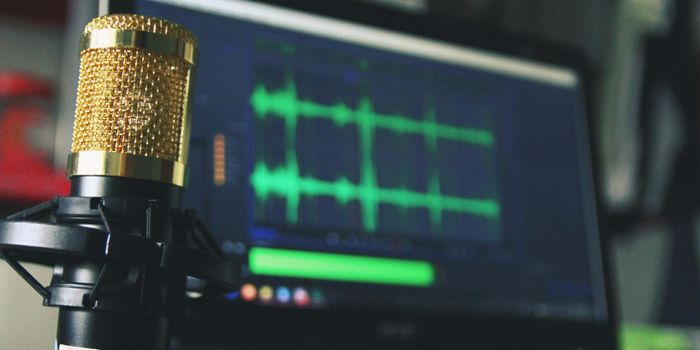Hand-Motion Center of the Brain Involved in Speech
During a long-term study focused on improving computer-assistant interfaces for quadriplegia patients, researchers at Stanford University were able to use data from a hand-motion control center in the brain to decode spoken words.
The research initiative focuses on collecting neural data from an area of the brain called the precentral gyrus, thought to be responsible for most ligament and facial movement. By attaching electrodes to patient volunteers, the researchers can read neural activity from the precentral gyrus and feed that data to machine learning programs to better assist other quadriplegics.
Though all research to date supports the theory that the precentral gyrus is the motion control center of the brain, scientists acknowledge that this may be an oversimplification of its function. With an abundance of neural data at their disposal, the research team at Stanford University decided to see what, if any, other functions are controlled by this area of the brain.
The team decided to investigate the role of the precentral gyrus in speech. Two patients were set up with electrodes to track the neural activity during a speech activity. Researchers prepared a list of ten words and phonemes, or parts of words, which they asked the participants to say out loud.
The “hand knob,” an area of the precentral gyrus known to be responsible for hand motion, and was active when the patients spoke. This is a surprising and previously unknown area of the brain that is active in speech. Scientists know from stroke survivors who have this area affected that they have trouble with hand motion, but retain speech function. So, even though this area is involved in speech, it does not seem to be critical.
Accuracy in decoding specific words from the neural activity data varied between the two patients. In one patient, researchers correctly decoded 85 percent of words spoken. In patient two, researchers decoded only 55 percent of words spoken correctly.
Speech is primarily controlled by the ventral, an inner part of the brain. Scientist have long thought that the dorsal, or outer part of the brain plays a role in speech, but this experiment is the first piece of evidence. Next, scientists want to further investigate the role of the dorsal in speech.
Given the sample size and specificity of the experiment, the researchers acknowledge that one possibility for finding speech activity in the hand knob, is remapping due to paralysis. This theory holds in stroke survivors.
Whether the activity is due to previously unknown functions of the precentral gyrus, or due to remapping, the finding could help in the development of speech prostetics.
Sources: The Scientist








